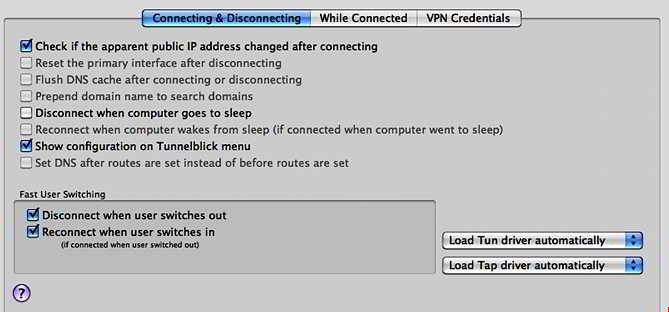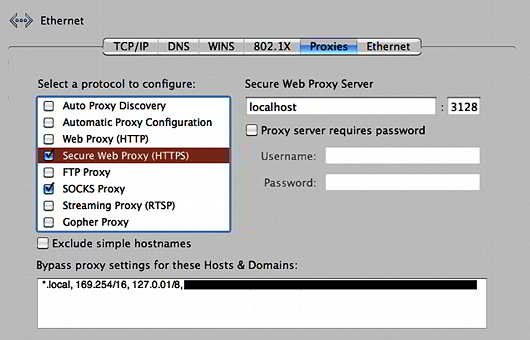Address Book started giving an SSL error lately (the error repeats many times in Console). All my contact pictures are gone in Mac OS X Lion, mails are in place. apple_ID in the path to an image (the contact image) is my Apple ID that I've anonymized. However, the photos in question disappeared from the messages of Google accounts in Apple Mail as well
Are there any means to re-route these connections with Squid? Apple domains are on the exclusion list but here we're.
Code:
Address Book [CardDAVPlugin-ERROR] error retrieving image for url:https://apple_ID%40icloud.com@gateway.icloud.com/contacts/16463060523/ck/card/d38d25a0fbaa31a5cad9a289a2defeb6
Error Domain=NSURLErrorDomain Code=-1200 "An SSL error has occurred and a secure connection to the server cannot be made." UserInfo=0x7f95ee2cf3a0 {NSUnderlyingError=0x7f95ee2d4bc0
"An SSL error has occurred and a secure connection to the server cannot be made.", NSErrorFailingURLStringKey=https://apple_ID%40icloud.com@gateway.icloud.com/contacts/16463060523
/ck/card/d38d25a0fbaa31a5cad9a289a2defeb6, NSErrorFailingURLKey=https://apple_ID%40icloud.com@gateway.icloud.com/contacts/16463060523/ck/card/d38d25a0fbaa31a5cad9a289a2defeb6,
NSLocalizedRecoverySuggestion=Would you like to connect to the server anyway?, NSLocalizedDescription=An SSL error has occurred and a secure connection to the server cannot be made.}Are there any means to re-route these connections with Squid? Apple domains are on the exclusion list but here we're.






